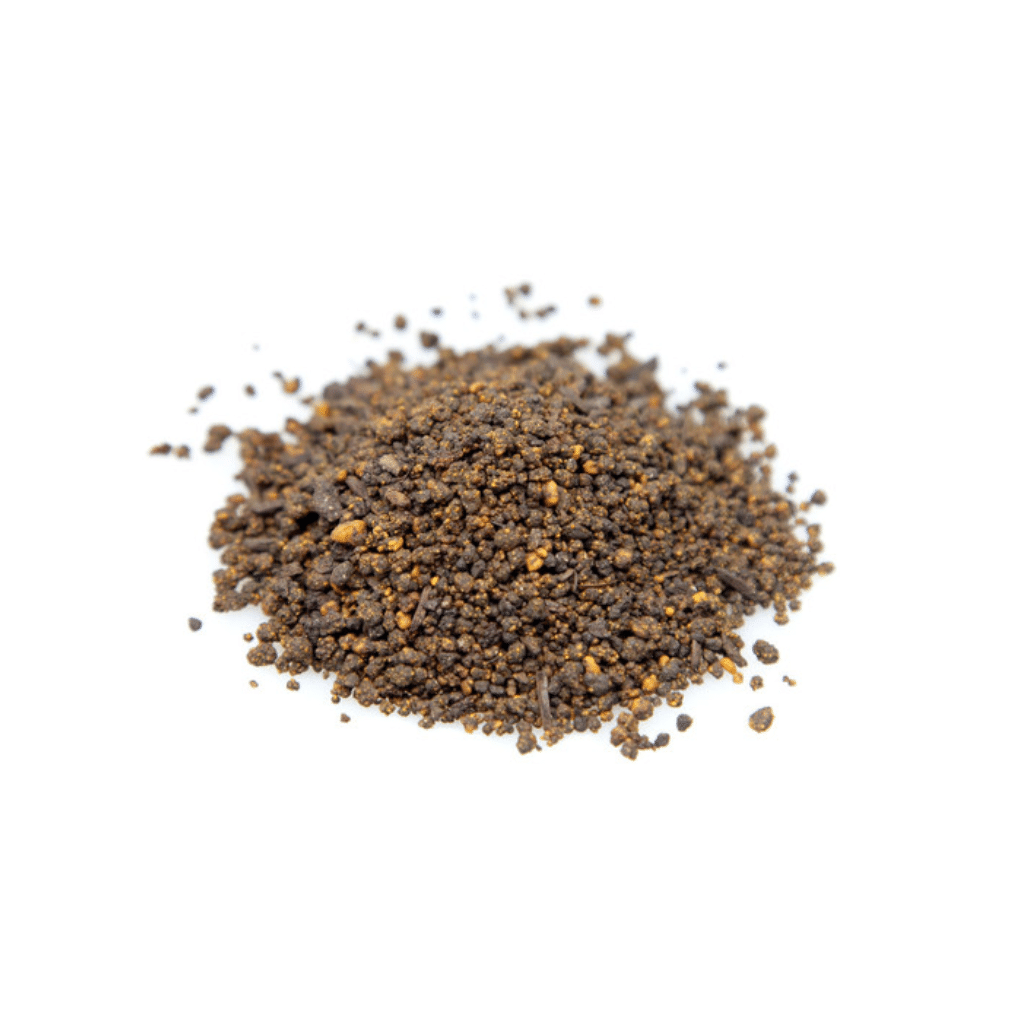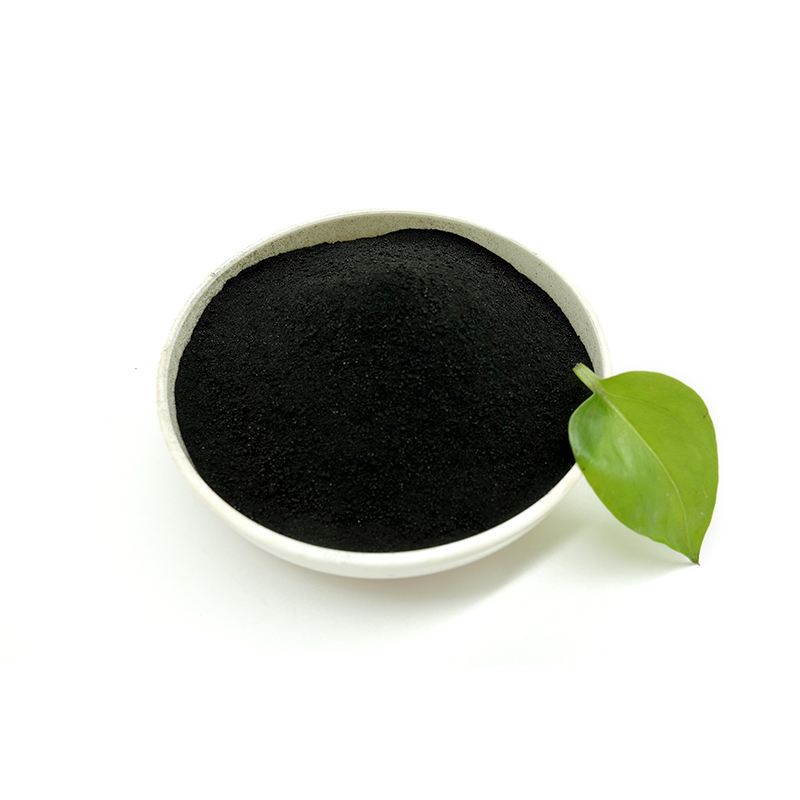Introduction to Sustane Organic Fertilizer
Not just a product, Sustane Organic Fertilizer represents commitment towards ecological sustainability and natural plant care. As one of the pioneering brands in organic fertilizer market, Sustane has always aimed at manufacturing fertilizers that enhance plant health and yield while also contributing to environmental preservation. All their products are made from naturally composted materials hence every ingredient used is free from synthetic chemicals or additives.
So what makes a fertilizer organic? The nutrients must come from natural sources such as; plant residue, animal manure or mined minerals and not synthesized in a lab. This is where Sustane Organic Fertilizer leverages on these natural sources by providing them in forms which are easily absorbed by plants through rich blend of nutrient.
Sustane organic fertilizer’s key components include nitrogen, phosphorus, potassium (NPK) among other micronutrients necessary for plant growth. These are slowly released into the soil thus mimicking wild environment’s nutrient up take process. Slow release prevents nutrient run-off and supports beneficial microbial activity hence maintaining soil health.
“Using fertilisers like Sustain can revolutionize gardening and farming” says Dr Emma Green who specializes in sustainable agriculture. She adds that when we feed our soils instead of focusing only on feeding plants themselves we achieve higher levels of plant health as well as better environmental quality . This endorsement illustrates how effective Sustain is in establishing sustainable agro-systems.
This introduction lays groundwork for examining specific merits associated with using sustains organic fertilizer vis-à-vis synthetic alternatives along with detailed instructions on how best apply this type of manure so as achieve maximum productivity while conserving resources .
Benefits Of Using Sustane Organic Fertilizer
There are numerous advantages derived from adopting sustains organic fertilizers than just immediate impact they have on crop yields. These benefits range between improvements within ecosystems’ health , agricultural productivity as well as long-term soil fertility.
One of the most outstanding benefits attributed to using Sustain Organic Fertilizer is its positive effect on environment . Conventional chemical-based fertilizers are known to cause nutrient run-off that can lead pollution of nearby water bodies and disruption local fauna. On the other hand, Sustane boasts slow release formula that reduces over-fertilization risks while minimizing runoff rates.
This feature does not only save aquatic life but also enhances soil’s water holding capacity as well as aeration , according to Dr Rachel Norton an environmental expert at Green Earth Institute “Organic fertilisers such as those produced by Sustain go long way towards reducing our chemical foot print. The fact that these types degrade slowly prevents leaching out chemicals which could harm fish or any other organisms living in water.”
For farmers and gardeners, benefits associated with sustainability organic fertilizer begin showing themselves through increased crop vigor and productivity levels. When plants are fed on Sustane they grow faster , become stronger against pests & diseases attack hence yielding more healthy fruits & vegetables . This improvement mainly comes because this type of manure contains all essential nutrients required for plant growth in bioavailable form. Dr Linda Harris who is agricultural scientist puts it clear by saying; “Apart from providing food for them organic matters found in sustains also builds up plants’ resistance against common ailments thus fostering healthier farming practices.”
Possibly the most important thing about Sustane Organic Fertilizer is that it can create better soil fertility as time goes on. Other synthetics break down the earth’s makeup and reduce microbial variety; however, this product does exactly the opposite by boosting it through microbes. Increased activity leads to breaking down organic substances into humus – a natural process which improves texture, nutrient content retention ability of soils besides moisture holding capacity too.“Using Sustane regularly turns infertile ground into fertile black dirt”, said Dr.Harris.

Comparative Analysis: Sustane vs Synthetic Fertilisers
There are numerous factors that come into play when comparing the efficacy of Sustane Organic Fertilizer to synthetic fertilizers. These include nutrient release rates, effect on soil health and overall plant growth and sustainability.
Sustane Organic Fertilizer is popularly known for slow-release nutrients which supply essential elements over time like plants’ natural feeding process does. This mechanism prevents shock or burn resulting from high immediate availability of nutrients found in artificial manures. A soil scientist, Dr Howard Benson adds, “Nutrients need to be released slowly throughout the season by organic fertilizers such as Sustane so as to ensure uniform growth without any boom-bust cycle caused by synthetics.”
Soils can become more acidic due to synthetic fertilisers which may greatly affect its pH thereby inhibiting plant growth and reducing necessary microbial activity for healthy soils. On the other hand, Sustane Organic Fertilizer has a tendency of keeping neutral pH levels that support life of microorganisms in soil. According to Dr Benson, “Organic based fertilizers help maintain optimal pH for beneficial bacteria populations involved in nutrient cycling besides improving soil structure.”
Some studies have revealed that continuous use of organic manures such as Sustane not only sustains higher yields but also improves fertility and texture of soils over time. For example an Agricultural Research Service (ARS) study showed fields treated with organic fertilisers had higher organic matter content than those treated with synthetics; they also recorded better water infiltration as well as increased microbial activity while being less harmful to environment due reduced runoff and leaching.
In conclusion quick-fixes might be offered by chemical fertilizers but sustainable agriculture needs long term investments like those provided by Sustane Organic Fertilizer. This ensures balanced diet delivered through healthy soil and plant ecosystems that support current crop cycle while preparing for future planting whose benefits cannot be easily quantified but which represent the best practice in terms of ecological soundness.
Application Instructions for Sustane Organic Fertilizer
The way in which Sustane organic fertilizer is applied can have an effect on the health and productivity of plants. Presented below are a number of best practices that apply to gardens, farms and lawns as well as recommended amounts and suggestions on how to incorporate Sustane into regular fertilization schedules.
For smaller farm settings or gardens, it is suggested that you broadcast the Sustane organic fertilizer over the soil surface then incorporate it into the top few inches of soil before planting. This helps mix nutrients where they will be most accessible to growing plant roots. When dealing with established garden beds or landscapes, applying as a top dressing around existing plants and lightly incorporating into soil can provide an added nutrient boost.
When treating lawns with this product ensure even coverage by using a broadcast spreader. After application it is advised that you water your lawn lightly so as to help move these nutrients down into the root zone where they can be taken up by grass plants.
The quantities required for sustains organic fertilizer differs depending on specific crop needs, initial soil fertility levels and desired growth rates among others. Generally speaking however; for gardens 5 – 10 lbs per 100 square feet applied at beginning of season with possibility for midseason application in high yield gardens should give good results.
With lawns, applying approximately 20 pounds per thousand square feet twice yearly during spring and fall has been found sufficient in many cases to maintain healthy green turf throughout the year. Adjustments may need to be made based on soil test results or other specific site conditions in your lawn or garden.
To integrate sustains organic fertilizer into a regular fertilization schedule; one has to understand nutrient release rates vis-a-vis plant growth cycles. Being slow release in nature enables sustains provide continuous feeding over long durations thereby reducing frequent applications required by fast acting types of fertilizers. For majority of gardeners therefore; early spring application prepares soil for planting while supporting early growth and midseason top dressing sustains productivity throughout growing season.
Dr Susan Mitchell who is an expert in organic gardening techniques says “consistent usage of natural plant foods such as Sustane could greatly minimize chemical interventions by improving overall soil fertility and biological activity. Plan your applications around the life cycle stages of plants for better outcomes.”
By following these guidelines one will be able to use Sustane organic fertilizer effectively thus promoting healthy plants and sustainable gardening practices which are good for both environmental conservation as well as increased crop yields.

Consumer Feedback and Success Stories
Sustane Organic Fertilizer’s effectiveness and versatility in different environments is illuminated by real farmers’ and gardeners’ success stories as well as their testimonials.
Many gardeners have claimed that Sustane Organic Fertilizer did not only increase the robustness of their plants but also improved the quantity and quality of yields produced. For example, Mary Johnson, a vegetable grower from Oregon said this: “When I used it on my vegetable patch I noticed that my tomatoes were bigger, juicier and redder than any other year; the peppers were too. In fact everything grew more than ever before! And they tasted nicer too.”’
Gardeners have provided photographic evidence to back up these claims – with pictures taken before using Sustane next to those taken afterwards clearly showing healthier looking plants which are growing much faster. They’ve also done time lapse videos where they photograph their gardens once every week throughout the season so you can see them changing from bare patches into green jungles under Sustane care.
There is great satisfaction among those who use Sustane organic fertilizer; many saying that its efficiency in promoting soil health and growth of plants is so evident that they can’t stop using it. This point is backed up by statistics – The number of times organic farmers have gone back for more speaks volumes about reliability! These users often refer to its convenience as well as safety for environment friendliness which brings about peace in mind knowing that one has chosen right product capable delivering best result while conserving nature
However it is not just what people say but how they say it which makes difference – Jane James’ story might be more compelling if she described how much food had been wasted or money lost on previous fertilizers instead she simply stated that using sustains means this never happens now . Similarly John Smiths does also make reference towards sustainable agriculture practice only thing he mentions here being cost saving aspect of it.
The above testimonies prove beyond reasonable doubt that Sustane Organic Fertilizer should be adopted for use in gardens and farms all over the world. These stories will provide an incentive for other people who may consider organic fertilizers as a method of increasing their crop yield while at the same time improving soil quality.
Fixing Normal Problems with Organic Fertilizers
Applying organic fertilizers like Sustane Organic Fertilizer can be difficult, particularly for those who are new to organic gardening. Here are some common problems that users may encounter and expert suggestions on how to solve them effectively.
One common mistake is thinking that natural compost is less efficient than synthetic options. This view might prompt incorrect application rates or disappointment with the results achieved. “Organic fertilizers work in a different way by slowly improving the health of the soil over time,” explains Dr Emily Carter, a specialist in soil health. “This means that their benefits, such as increased plant resilience and yield, only become noticeable after they have been used for some time – it’s not an instant fix but rather a gradual one.”
People who switch to using Sustane Organic Fertilizer may find themselves dealing with problems like under-fertilization when fast-growing plants seem starved despite the slow-release action of these types of products. To counteract this, according to Dr Carter: “Supplement nutrient requirements during periods of peak growth by incorporating other organic amendments like fish emulsion or bone meal into your routine.”
Over-application is another issue which frequently arises; too much fertilizer can cause nutrient lockout where one type cannot be taken up by plants due to an excess of another kind being present in solution around root hairs. Teaching customers about correct dosages and encouraging them carry out periodic soil tests could help prevent such situations from occurring.
The key to getting the most out of Sustane Organic Fertilizer lies in knowing its properties as well as how it interacts with soils and plants. In light of this fact Dr Carter suggests: “Soil testing should be done regularly since they aid in customizing applications based on specific conditions prevailing within a particular site at any given time vis-à-vis what particular plants growing there need so that proper use efficiency can be ensured.”
Moreover, incorporation of organic matter like compost can boost the performance of Sustane through enhancing soil structure and microbial activity which in turn promotes better nutrient availability uptake.
Conclusion
This article has discussed about Sustane Organic Fertilizer in all its parts to show what a great part it plays towards ensuring sustainable agricultural practices. This can be done by exploring the advantages, methods of application as well as addressing common challenges encountered. In this regard, we can see that not only does Sustane improve plant growth and health but also contributes positively on our environment.
Sustane organic fertilizer is more than just a tool for growth; it is an embodiment of the commitment to maintain ecological balance, support soil health and reduce environmental impacts. Its use encourages gardeners and farmers to embrace those activities which take into account natural life cycles thereby fostering diversity among species. “Selecting sustane means selecting agriculture future” says Dr Emily Carter adding that such future should be characterized by sustainability in farming methods while at same time realizing high yields from farms that do not degrade the environment.
We would like to ask readers consider incorporating Sustane Organic Fertilizer into their gardening or farming schedules because apart from enabling plants have better yields they also contribute towards conserving our nature. Many success stories continue pouring in from different parts of world about how peoples’ lives were changed after switching over these types of fertilizers which clearly shows us that organic manure like sustanes are not only practicable but also highly effective measures for environmental protection.
Here are three academic sources that discuss the use of Sustane organic fertilizer:
- Michigan State University: Conducted a study focusing on the use of Sustane organic fertilizer for growing culinary herbs. They examined the effects of various concentrations on herb growth and soil characteristics in a controlled greenhouse environment.
- Cornell University: Explored the optimal rates for incorporating Sustane 8-4-4 into potting mixes for transplanting tomato and pepper seedlings. This research aimed at enhancing the fertility and performance of these plants in a greenhouse setting.
- University of Nebraska: Offered insights from a conference on sustainable agriculture where the manufacturing processes of Sustane fertilizers were discussed. The article highlights how Sustane utilizes turkey litter and other organic waste products to create fertilizers that support sustainable farming practices.







